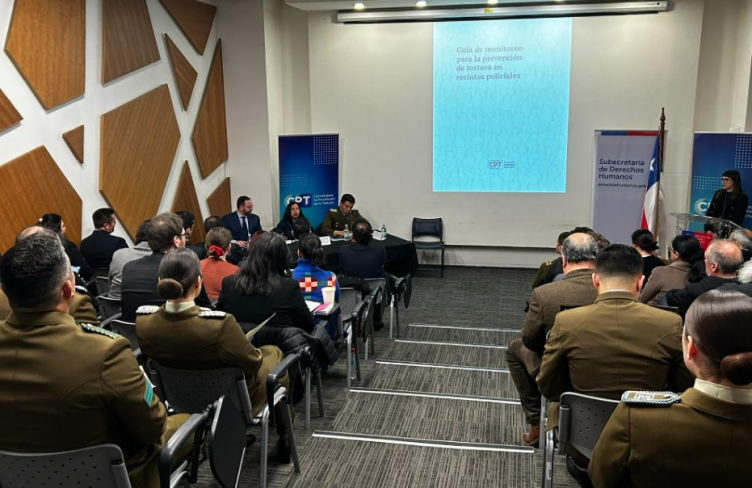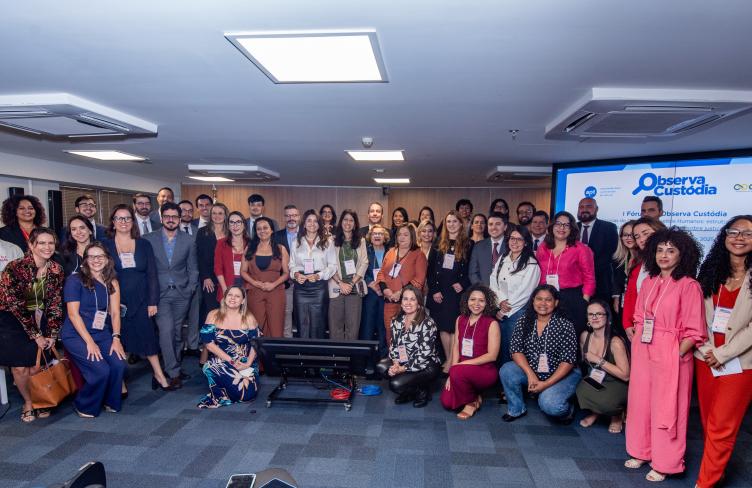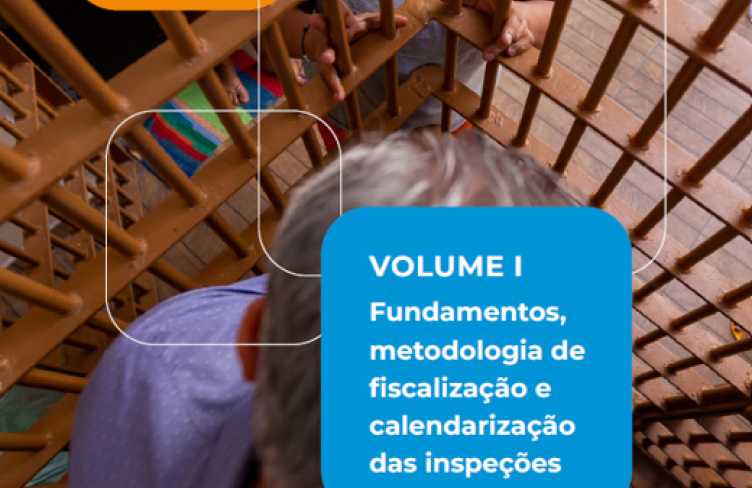Governments around the globe have significantly reduced prison populations in response to the COVID-19 pandemic, with more than 475,000 people, mostly non-violent offenders, being granted early release between March and July 2020, according to a new report by global law firm, DLA Piper and supported by the Association for the Prevention of Torture (APT).
The global study of prisoner release schemes in 53 jurisdictions found that many governments took swift action to protect the health and safety of corrections staff, prisoners and the wider community, with over 475,000 people released from prisons and other places of detention between March and July 2020 alone.
The first schemes were introduced in March 2020, as the pandemic began to surge, in order to limit transmission of the virus in prisons where overcrowding and poor ventilation can place prisoners and prison staff at greater risk of infection. Some of the most successful early release schemes recorded by the study were in Iran (104,000+), India (68,000+), Iraq (62,000+), Ethiopia (41,000+) and Indonesia (38,000+).
With more than 11 million people detained in prisons in 2019, the schemes have shown that governments can act quickly to mitigate the risk of transmission in prisons. The report found that schemes where certain prisoners are permanently released can be a highly effective strategy, provided they are implemented in a structured, transparent and ordered manner.
The APT noted there is an established link between overcrowding and the risks of torture and ill-treatment. Early release schemes are an important tool to reduce overcrowding and thereby contribute to reducing ill-treatment in prisons. They have also been fundamental in safeguarding the health and safety of detainees and staff during COVID-19.
Key findings of the global study:
- Legal basis for release: While all 53 jurisdictions had existing mechanisms allowing for the release of prisoners, only 40% relied on those existing measures, while 28% relied on new release measures (created in response to COVID-19) and 32% relied on a combination.
- Release of children: Only a third of jurisdictions took active measures to release children from detention. The largest reported releases were in Indonesia (939), India (665) and Bangladesh (489).
- Conditional release: Conditions were often imposed as part of the government’s agreement to release prisoners. 42% of jurisdictions required prisoners to be of good behaviour and not commit any further offences post release.
- Support measures: A third of jurisdictions did not report any support measures available to prisoners upon release (pre- or post-COVID-19). The remaining two thirds reported some level of support for prisoners including programs related to accommodation, financial support, counselling, drug and alcohol rehabilitation and employment.
- Recidivism: Early analysis of recidivism rates for released prisoners suggests that the release schemes have been generally successful with below average recidivism rates.
- Availability of data: Only a quarter of jurisdictions published timely, disaggregated data on prisoner releases.
Following early calls for prison population reduction by World Health Organization and others, the study was conducted after it was observed how differently governments were designing and implementing measures to reduce prison populations with varying degrees of success. The report serves as a tool for governments and policy makers to guide the development of effective strategies.
Nicolas Patrick, Pro Bono and Responsible Partner at DLA Piper, commented: “In a growing number of jurisdictions around the world, the need for prisoner population reduction is recognised by policy makers of all political persuasions. The cost of mass incarceration is the key factor driving this trend.”
“The pandemic provided a unique opportunity for governments to pursue this agenda, as prisoner population reduction became viewed as a necessary measure to manage the health risks for correctional staff, prisoners and the wider community,” Mr Patrick said.
Release eligibility was commonly based on three key criteria: the offence committed by the prisoner, the nature or status nature of the prisoner’s sentence and whether the prisoner had particular vulnerabilities. However, in a third of jurisdictions, release eligibility was further linked to the availability of accommodation for a prisoner on release and their ability to be financially independent.
A Global Analysis of Prisoner Releases in Response to COVID-19 is available on the DLA Piper website.


